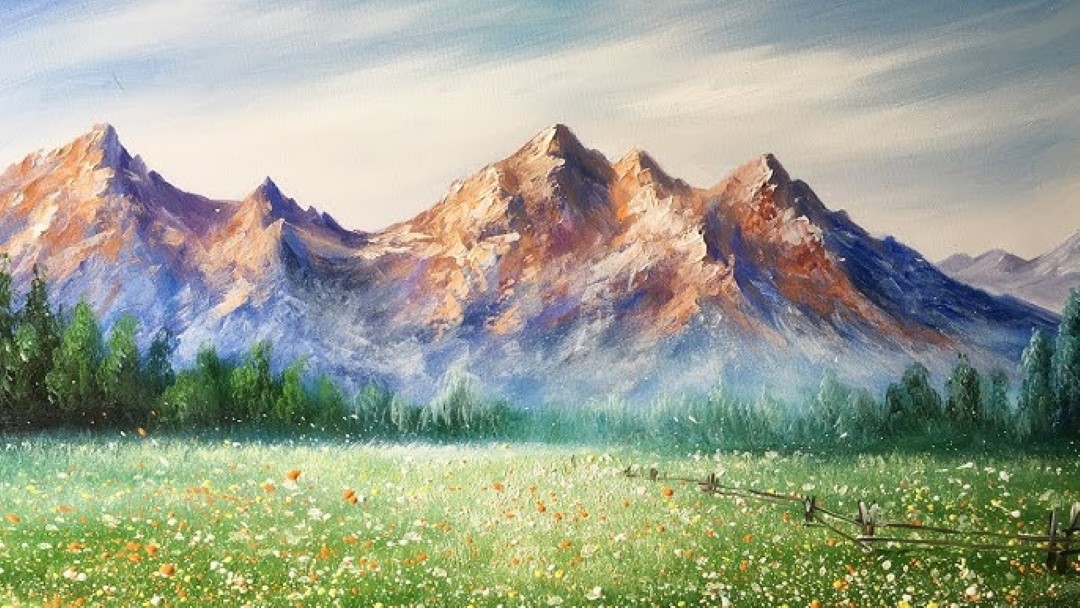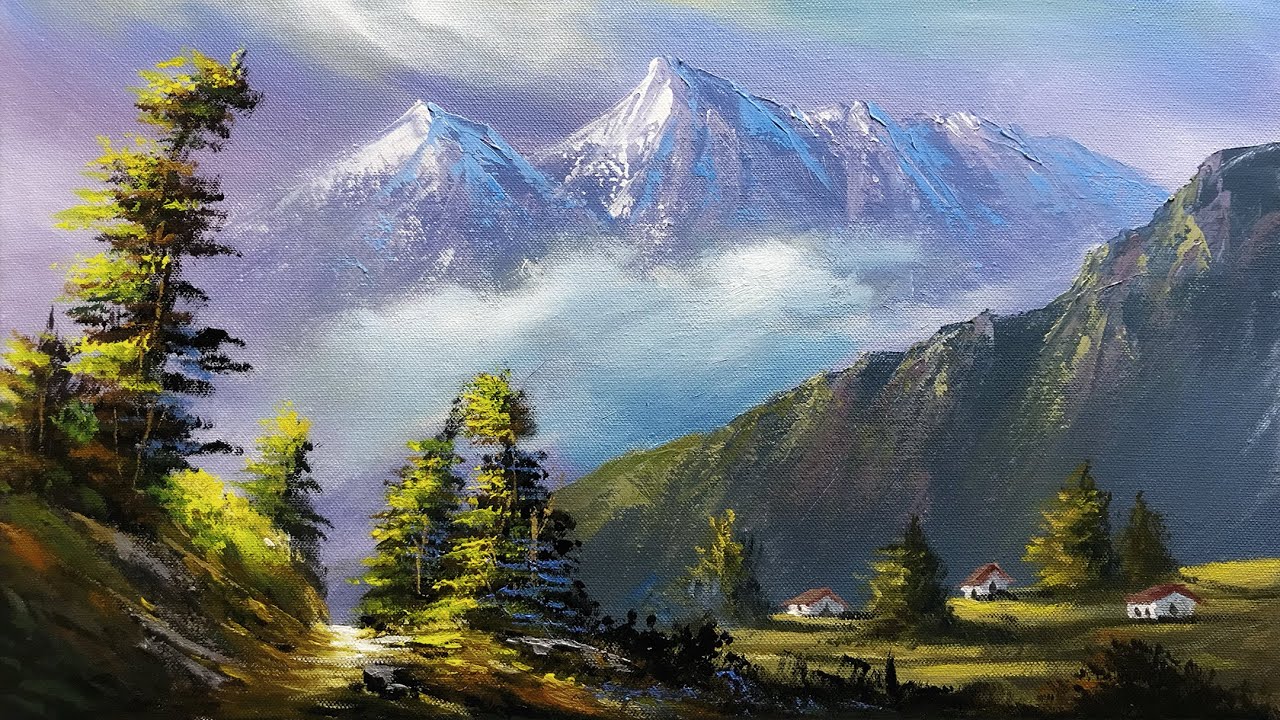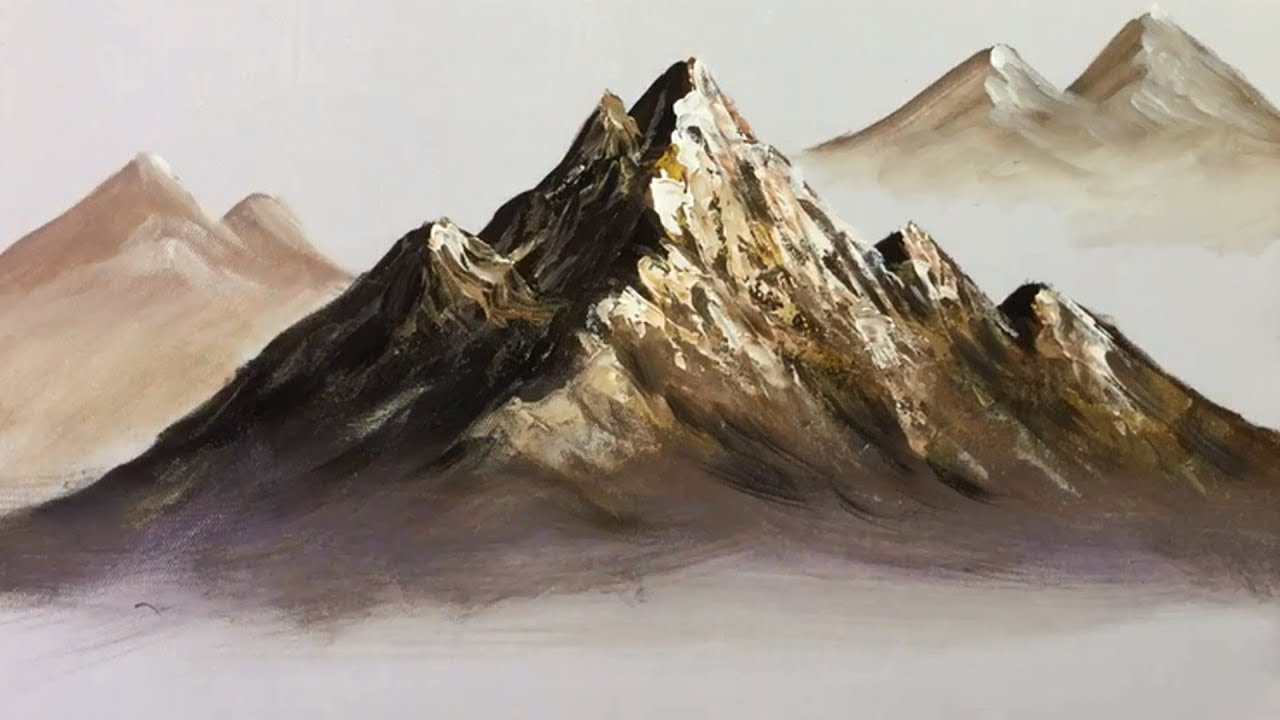If you’ve ever gazed at a breathtaking mountain landscape and wondered how to capture its majesty on canvas, you’re not alone. Painting mountains can be a rewarding and fulfilling artistic endeavor, allowing you to convey the grandeur and beauty of these natural wonders. In this guide, we’ll explore step-by-step instructions, techniques, and tips to help you master the art of painting mountains.
Choosing the Right Materials
Selecting the appropriate materials is crucial for creating a stunning mountain painting. Begin with high-quality canvas, brushes, and paints. Opt for a variety of brush sizes to achieve different textures, and choose a color palette that reflects the specific atmosphere and lighting of your mountain scene.
Creating a Compelling Composition
Before diving into the details, plan your composition. Consider the placement of the mountains, the horizon line, and any additional elements such as lakes or trees. A well-thought-out composition forms the foundation for a captivating mountain painting.
Mastering Perspective
Understanding perspective is essential when painting mountains. Use the principles of atmospheric perspective to create depth and realism. Lighter, cooler colors in the background will give the illusion of distance, while darker, warmer tones in the foreground bring objects closer.

Capturing Light and Shadow
Effective use of light and shadow is key to conveying the form and texture of mountains. Observe the direction of light in your reference photo and replicate it in your painting. Enhance the three-dimensional quality of the mountains by emphasizing the contrast between light and shadow.
Layering Techniques for Texture
Mountains are rich in texture, and layering techniques can help you capture this complexity. Build up layers of paint to represent rocks, cliffs, and snow-covered peaks. Experiment with dry brushing and palette knife techniques to add dimension and detail.
Utilizing Color Gradients
Create a sense of atmosphere by incorporating color gradients in your mountain painting. Use warmer tones for the foreground and gradually shift to cooler tones in the background. This technique enhances the illusion of depth and contributes to the overall realism of your artwork.
What type of paint is best for mountain landscapes? Acrylic paints are popular for their versatility and fast drying time. They allow for layering and can be easily manipulated to achieve various textures in mountain landscapes.

How do I make my mountains look realistic? Focus on realistic color representation, paying attention to the changing hues of mountains under different lighting conditions. Use subtle gradients and layering to capture the intricate details of rocks, snow, and vegetation.
Do I need to use a specific brush for mountain painting? While there’s no one-size-fits-all answer, a variety of brushes, including flat, round, and palette knives, can be useful. Experiment with different brushes to find the ones that work best for your preferred techniques and textures.
Should I paint mountains from imagination or use reference photos? While painting from imagination allows for creativity, using reference photos can provide valuable insights into the details of mountain landscapes. Combining both approaches can result in a well-informed and imaginative composition.
How can I convey a sense of scale in my mountain painting? To convey scale, consider including elements like trees, rivers, or distant structures. This helps viewers gauge the size of the mountains in relation to other objects in the composition.
In conclusion, painting mountains is a captivating artistic journey that requires a combination of technique, observation, and creativity. By incorporating the tips and techniques outlined in this guide, you can embark on your own artistic exploration and bring the grandeur of mountains to life on canvas. Embrace the challenge, experiment with different approaches, and let your imagination soar in the vast landscapes of your artistic vision. Happy painting!

